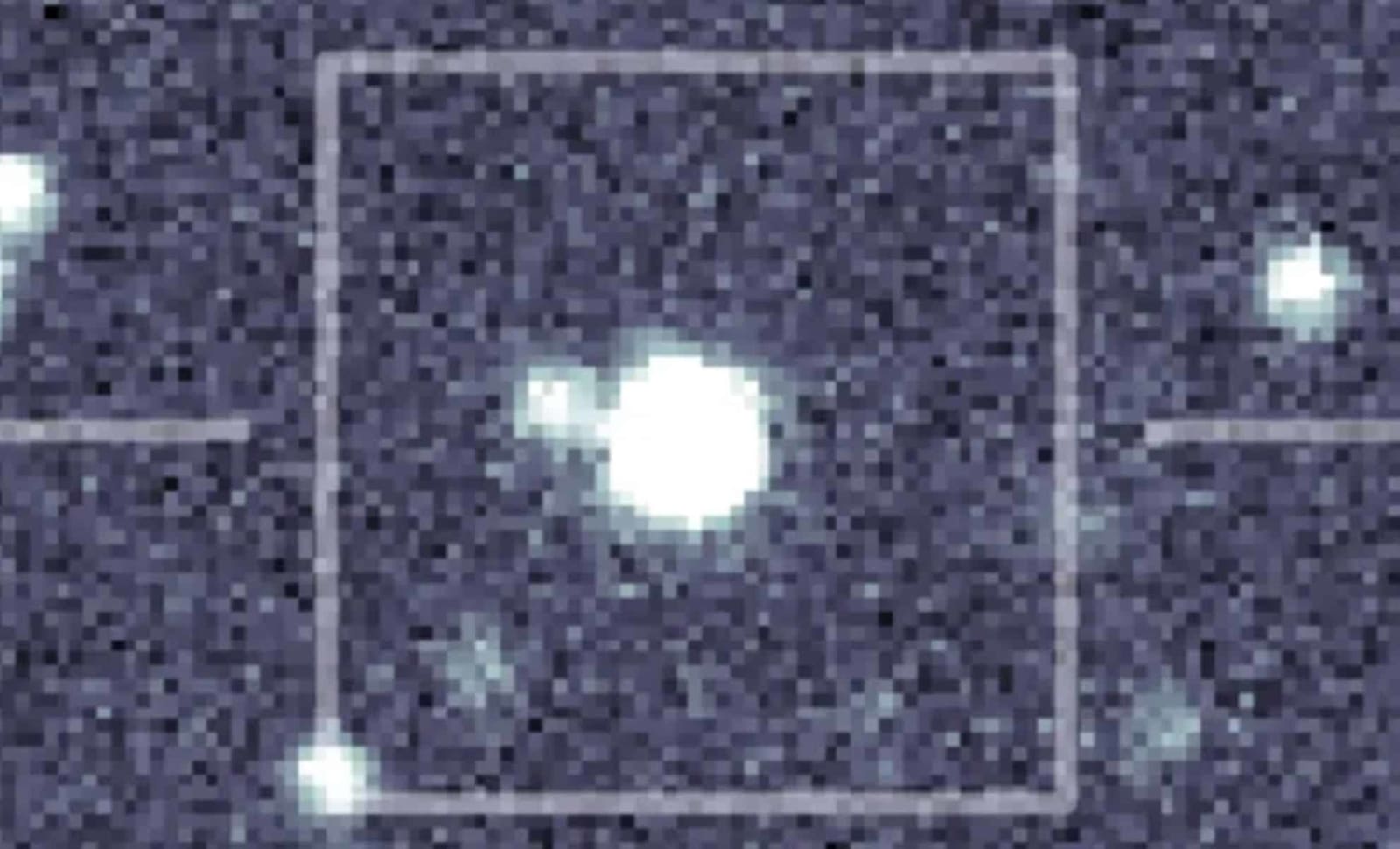Citizen Scientists Make Major Breakthrough with Rare Exploding Star Discovery

In a remarkable breakthrough for both astronomy and public participation in science, researchers have identified a rare type of exploding star known as GOTO0650. This discovery marks a significant milestone in the study of cataclysmic variable stars and showcases the immense value of citizen science in advancing astrophysical research.
A Collaborative Discovery
The identification of GOTO0650 was made possible through the Kilonova Seekers initiative, a citizen science project that enlists volunteers to help detect changes in the night sky. By comparing images taken at different times, participants play a crucial role in spotting celestial events like stellar explosions or sudden bursts of light—essentially playing a cosmic version of "spot the difference."
GOTO0650 is part of a binary system containing a white dwarf star, which experienced a dramatic increase in brightness—surging to approximately 2,500 times its normal luminosity. Thanks to the sharp eyes of citizen scientists, this event was quickly flagged and brought to the attention of professional astronomers. The rapid response enabled experts to classify GOTO0650 as a rare example of a cataclysmic variable star in what's known as the “period bouncer” phase.
This stage occurs when one star in the binary system loses mass over time, causing the two stars to drift apart. As the distance between them increases, the transfer of material onto the white dwarf slows down, leading to long periods of dormancy punctuated by occasional explosive outbursts.
Citizen Scientists Take Center Stage
The role of volunteer contributors to the Kilonova Seekers program cannot be overstated. Their efforts have proven instrumental in identifying transient astronomical phenomena that might otherwise go unnoticed due to the sheer volume of data collected by modern telescopes.
Tom Killestein, a researcher at the University of Warwick and co-leader of the Kilonova Seekers project, praised the dedication of the team’s citizen scientists:
“With over 2.8 million classifications so far, the discovery of GOTO0650 is really the pinnacle of two years of consistent hard work from our volunteers. Without the Kilonova Seekers volunteers flagging this object, rapid follow-up would not have been possible, and this object may have been missed entirely.”
Indeed, once the initial outburst was detected, follow-up observations were conducted using major observatories including NASA’s Swift satellite and the newly launched Einstein Probe, as well as contributions from amateur astronomers around the world. These quick responses allowed researchers to capture critical data about the star’s behavior during and after its explosive episodes.
Echo Outbursts Add New Layers of Mystery
What made GOTO0650 even more intriguing was its subsequent activity. On Christmas Day and New Year’s Day, the star flared up again—these secondary eruptions are referred to as “echo outbursts.” Such phenomena are not commonly observed, and they provide valuable insight into the internal dynamics of these systems.
These additional flares helped confirm that GOTO0650 was undergoing complex and evolving processes within its accretion disk—the ring of gas surrounding the white dwarf that fuels its explosive activity. Researchers now believe that these echo events could offer clues about how energy is stored and released in such systems before they return to a quiescent state.
For many of the citizen scientists involved, the experience was deeply personal and emotionally rewarding. Svetoslav Alexandrov, one of the volunteers who contributed to the discovery, described his reaction upon learning he would be listed as a co-author on the published paper:
“I literally screamed with joy when I saw that I was going to be a co-author of the research paper. I’m certain that people on the street raised their eyebrows when they saw me screaming and dancing, but I didn’t care. I knew I was a co-discoverer of something significant, and this was all that mattered.”
His enthusiasm reflects the growing trend of laypeople becoming integral parts of scientific discoveries, transforming what was once a passive hobby into an active, collaborative process.
Implications for Understanding Stellar Evolution
Cataclysmic variables like GOTO0650 are binary systems where a white dwarf siphons matter from a companion star. Over time, the accumulation of this material can lead to thermonuclear explosions on the surface of the white dwarf—an event known as a nova. In some cases, repeated eruptions can eventually destroy the white dwarf altogether.
Studying systems in the “period bouncer” phase helps scientists understand the life cycles of these stars and the mechanisms that govern their evolution. GOTO0650 offers a unique opportunity to observe how these systems behave during this transitional phase, especially given the unpredictable nature of their outbursts.
The combined efforts of professional and amateur astronomers, along with the tireless work of citizen scientists, have provided a treasure trove of data that will fuel future studies. It also underscores the importance of rapid-response networks in capturing fleeting astronomical events.
As technology continues to improve and public interest in space grows, initiatives like Kilonova Seekers will likely become even more essential in uncovering the universe’s hidden wonders—one cosmic “difference” at a time.
Post a Comment for "Citizen Scientists Make Major Breakthrough with Rare Exploding Star Discovery"
Post a Comment